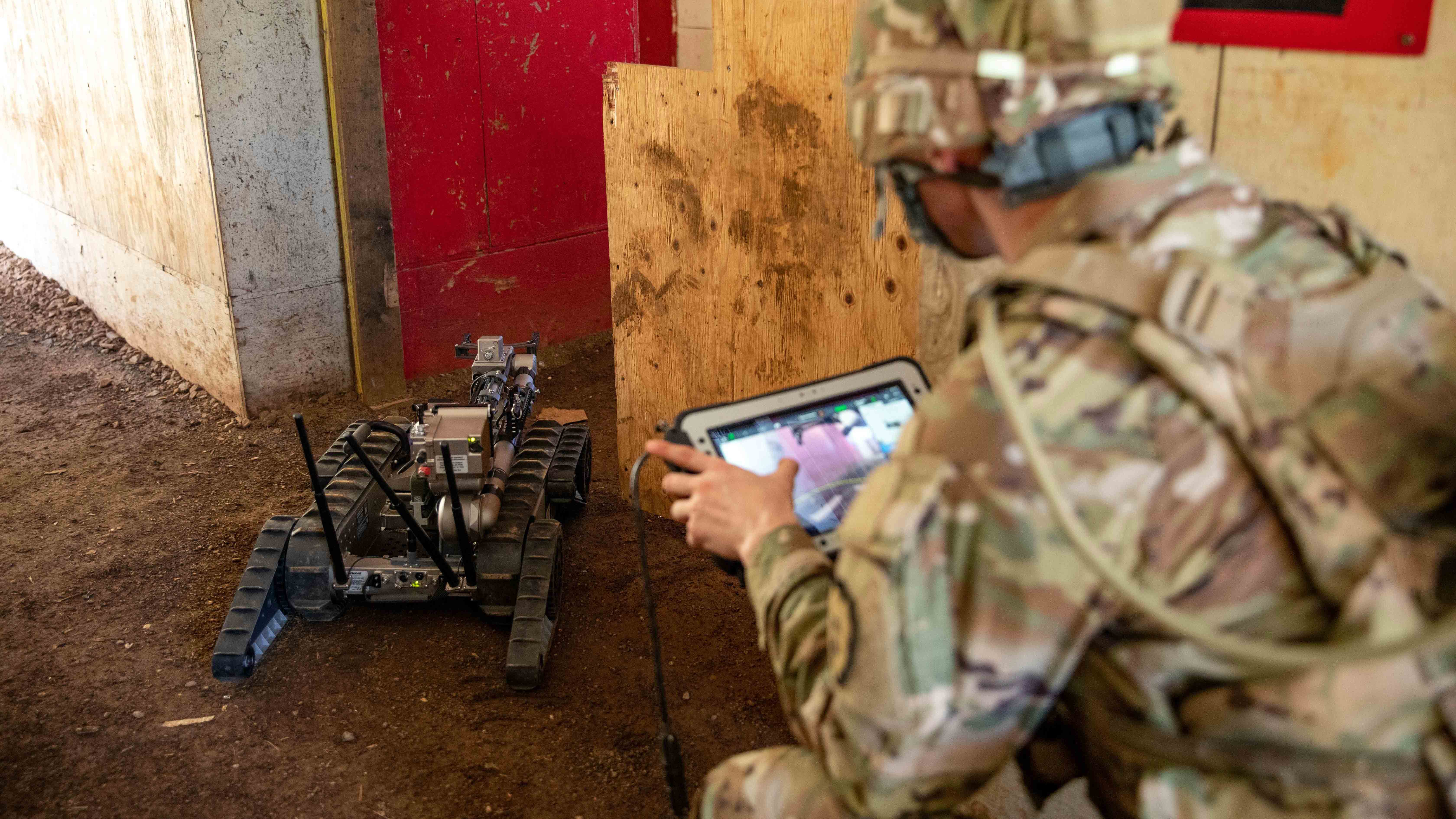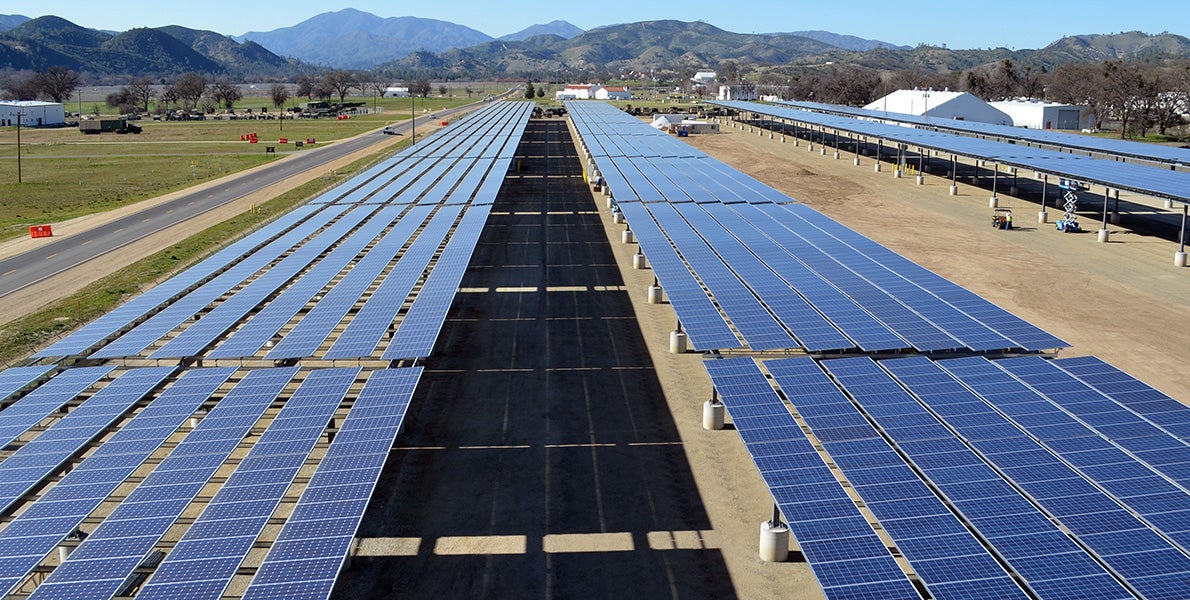Army Urged to Develop Common Battery Chargers

A House subcommittee will urge the Army to concentrate on common battery charging systems rather than relying on so many different types.
In its draft report on the 2024 National Defense Authorization Act, the House Armed Services Committee’s subcommittee on readiness asks the Army to do what the Marine Corps has been trying to do since 2016. “Common charging solutions exist,” the report says. “The Army’s use of such platforms has been limited in scope and capability.”










